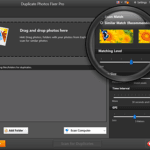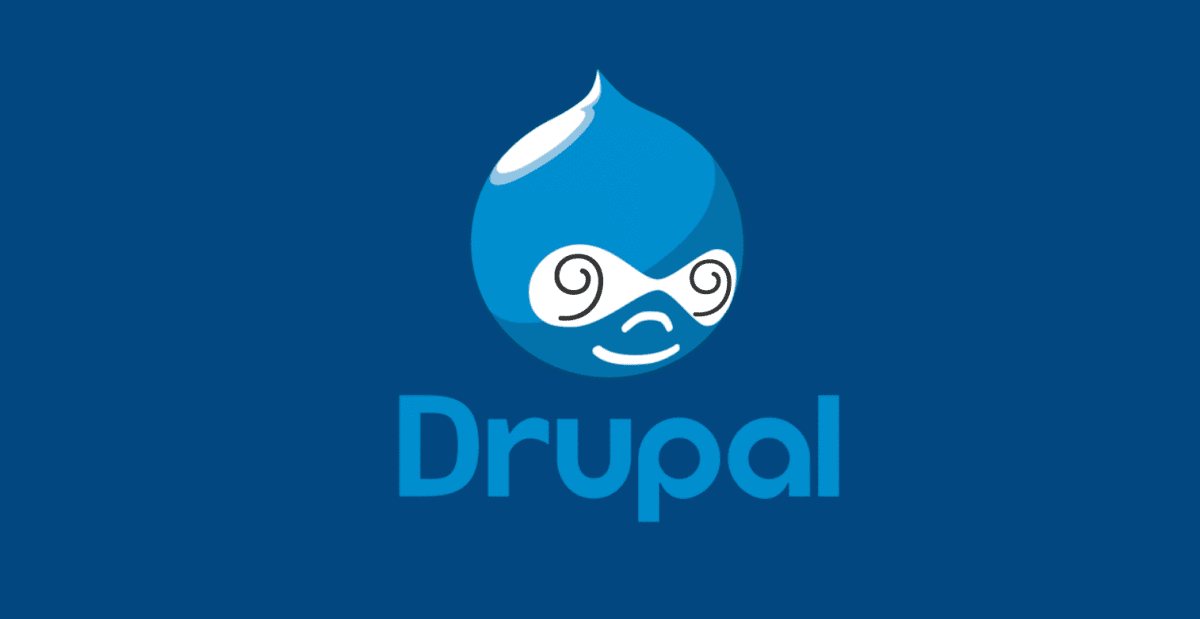
Healthcare apps are the latest industry trend.
Private healthcare practices, public hospitals, and chiropractors are just some of the organizations that are providing their patients with apps that they can use.
Usually, healthcare apps have a specific purpose. Popular examples include:
- Booking appointments
- Speaking with doctors
- Following guides and instructions (for example, a doctor can provide a patient with a personalized plan through a healthcare app)
Essentially, healthcare and wellness apps can serve all kinds of different purposes, which makes them very beneficial tools for both the provider and the patient.
By now, you might be interested in creating a healthcare app for your business. If so, that’s great news – but you’re going to need a little help. Try the top tips below to get started.
Work with an App Developer
If you have no in-house app developers that work for your healthcare organization, then the smart thing to do is to use custom .net development services. This way, you can have a purpose-built application made for your healthcare organization. At the same time, you can also have a web application made if this is something you’d be interested in. From a modern design to quality coding, you’ll be able to tick all the right boxes that are now seen as the healthcare industry standard.
Decide the Aim of Your App
When you work with an app developer, they will ask you what you want the purpose and aim of your app to be. This is something that you need to think carefully about, as it’s very important.
For example, if you’re a private healthcare provider, you might want to consider developing an app that has telemedicine features. In simple terms, this means your app will allow patients to speak with your doctors and nurses via video and chat over the application. This will make communication a lot easier for them while also reducing the need for patients to come for in-person appointments.
Alternatively, you might want an app that allows your team to keep track of healthcare records and other important data from one single place. Naturally, this means you’ll no longer have to worry about dealing with tons of paper-based documents in your clinic, as everything will now be done through your app instead!
Collect Feedback from Your Patients
No matter the size of your current patient list – whether it’s 100 or 1,000 – it’s a good idea to let them know that you’re creating an app. From there, you can collect feedback surrounding what features they might want to see. This will really help the app development process, enabling you to create a user-friendly app that makes patients happy. You can collect feedback from patients in-person (when they come to see you) or by sending out email and SMS surveys.
Look at Competitor Apps
In your specific industry, you likely have at least a handful of nearby competitors. If this is the case, make sure to take a look at their websites and applications so that you can gain an understanding of what’s on offer. Through comparison of the different healthcare apps, you might be able to identify a market opening (e.g., none of the apps offer video call appointments with doctors).
Summary
In short, healthcare apps are a growing trend, offering benefits for both providers and patients. To create a successful app, working with a developer, defining the app’s purpose, collecting patient feedback, and analyzing competitor apps are essential steps. Although development can take several months, the potential benefits for your healthcare organization make it a worthwhile endeavor. Good luck with your app development! Usually, the development of a healthcare app takes between 4 months and a year to complete (depending on its size, scale, and features). Once your app is finished and ready to go, you’ll be able to take your healthcare organization to a new level. Good luck.








